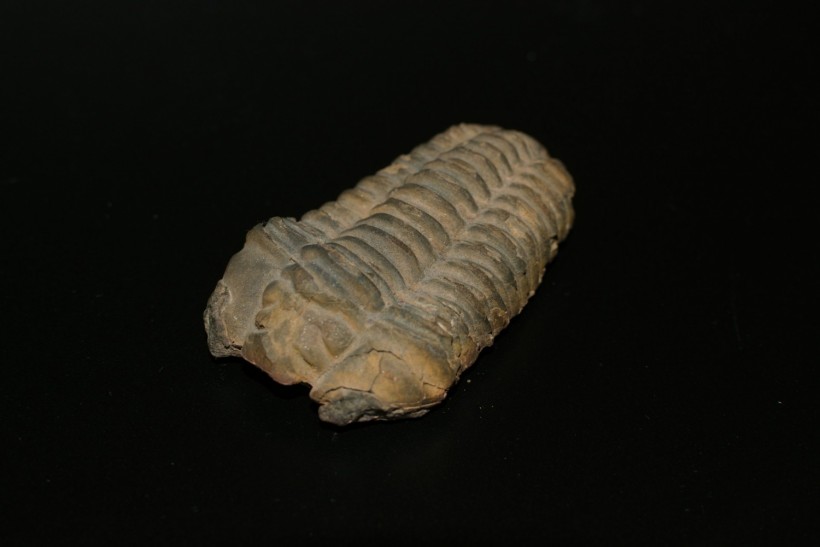[ad_1]
Tapeworms were provoking the stomachs of animals for round 100 million years, and those parasites live on by means of the usage of alternative organisms as their host.
Up till now, those ribbon-like worms have additionally been discovered inside of human guts and intestines, the place those parasitic animals feed off the vitamins we consume. Week the overall nature posed by means of those worms is parasitic, they are able to nonetheless pose very severe sicknesses to people.
In spite of wisdom of the traditional lineage of tapeworms, scientists had no longer discovered any fossil proof of its prehistoric lifestyles till not too long ago. Consistent with a untouched learn about, a world group of researchers led by means of China made the first-ever proof of a tapeworm fossil trapped in amber in Myanmar.
Particularly, fresh analysis found out the rest of a marine tapeworm inside of an amber from the Cretaceous duration.
First Tapeworm Fossil Discovered
![Tapeworm Fossil: First-Ever Evidence of Remains of the Ancient Parasite Discovered Trapped in Amber [Study] Tapeworm Fossil: First-Ever Evidence of Remains of the Ancient Parasite Discovered Trapped in Amber [Study]](https://1471793142.rsc.cdn77.org/data/images/full/69991/tapeworm-fossil-first-ever-evidence-of-remains-of-the-ancient-parasite-discovered-trapped-in-amber-study.jpg?w=820)
Findings of the first-ever proof of a favor tapeworm fossil had been revealed within the magazine Geology on March 22. The global analysis group found out a favor frame of the bug upheld in mid-Cretaceous Kachin amber.
The invention used to be made within the Hukawng Valley in northern Myanmar, which is thought to have shaped over a prehistoric sea coast. Moreover, the specimen may well be probably the most attainable frame fossil of a flatworm.
Consistent with the researchers concerned within the learn about, the fossil seems to be a “tentacle” this is found in nowadays’s dwelling marine tapeworms that infect elasmobranch marine animals like rays and sharks. The group theorizes that the fossil belonged to a tapeworm that inflamed an elasmobranch host that used to be stranded on a seashore in historic Myanmar, in keeping with studies.
Next, the host creature used to be bitten by means of a terrestrial predator or scavenger. All the way through the method, the tapeworm’s tentacle might have been pulled and were given caught in resin from a close-by plant. As well as, the authors of the learn about described the fossil to be exhibiting distinctive exterior and inside options that resemble tentacles.
Within the moment, tapeworm fossils are extraordinarily uncommon because of the cushy tissues of the animals, in keeping with Wang Bo, the learn about’s top researcher.
Additionally Learn: Immense ‘Fossil’ Aquifer Underneath Sahara Desolate tract is Slowly Refilling
Tapeworm Problem
Maximum tapeworm species belong to the subclass Eucestoda underneath the category Cestoda, which incorporates parasitic worms within the flatworm phylum. Typically, the parasitic worms can each reside and feed within the human gut as discussed previous, inflicting a tapeworm infection. One of the ordinary fitness results posed by means of tapeworm-borne sicknesses is digestive issues, in keeping with the Facilities for Infection Keep watch over and Prevention (CDC).
This parasitic sickness led to by means of tapeworms on people is known as taeniasis, which can also be introduced by means of some tapeworm species like red meat tapeworm (Taenia saginata), red meat tapeworm (Taenia solium), and Asian tapeworm (Taenia asiatica). The CDC says that taeniasis can also be detected from the presence of proglottids or tapeworm departments, in particular during the anus and within the feces.
Similar Article: 4-Legged Snake? Fossils Guarded in Rock with Slight Legs Exposed in Brazil
© 2024 NatureWorldNews.com All rights reserved. Don’t reproduce with out permission.
[ad_2]



